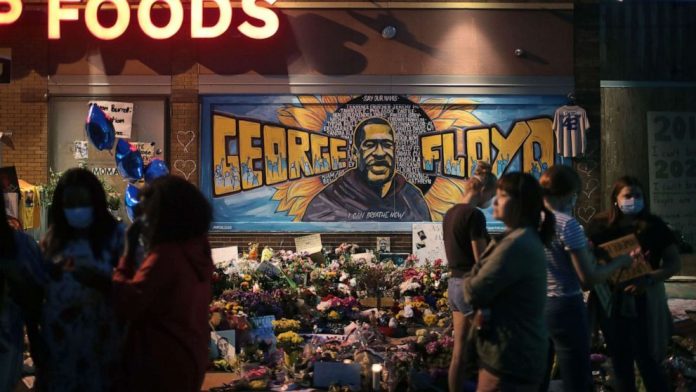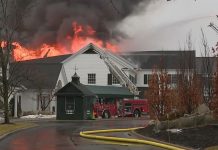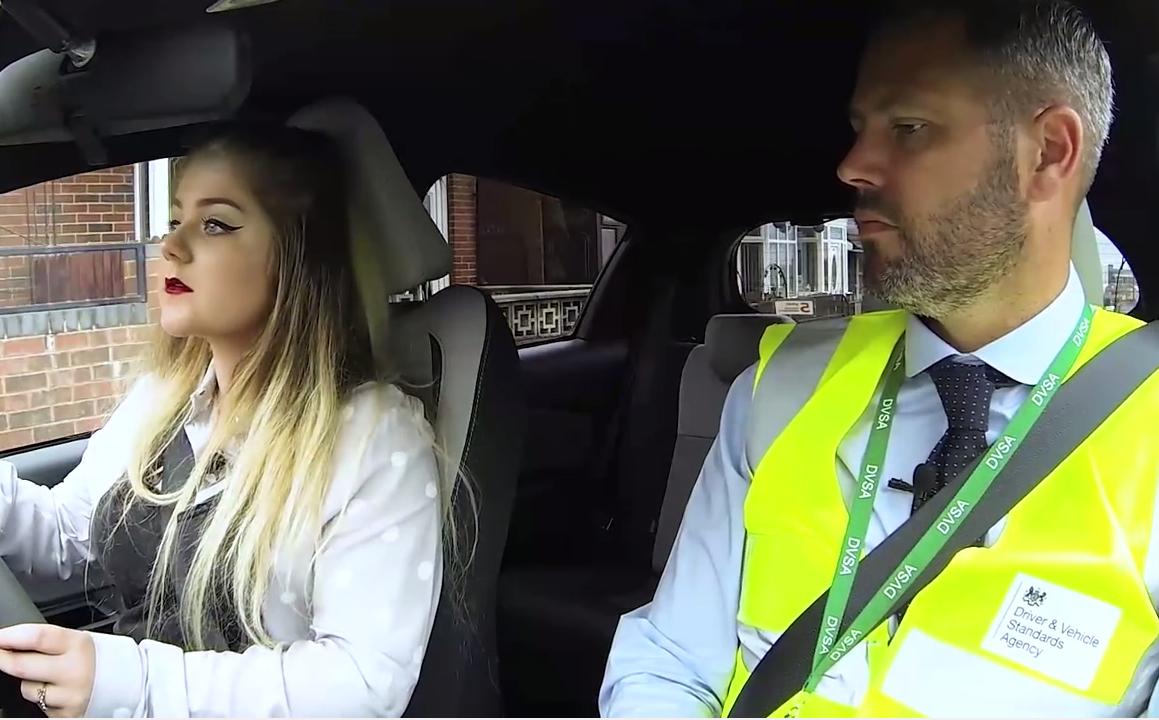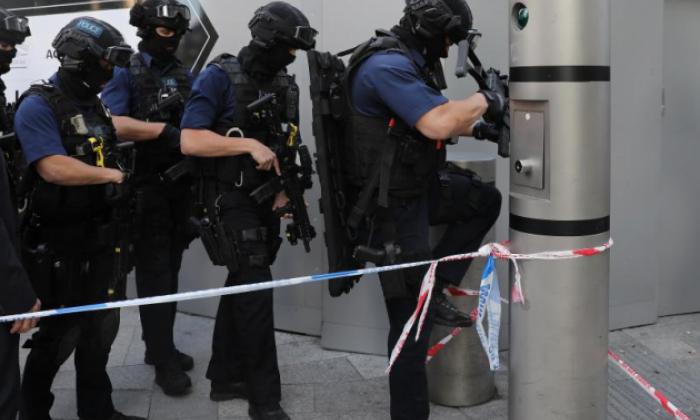
At Yates High School in Houston, where George Floyd attended, the vast majority of the students qualify for a free lunch and almost all of them are African American, according to state data published by the Texas Tribune.
In Minnesota, where Floyd moved as an adult, homeowners were allowed to write racial covenants into their property deeds until 1953. The result were deeply segregated neighborhoods until this day — some of which lack easy access to grocery stores.
Some 30% of Minnesotans are considered to have low access to food because they live so far from a grocery store, including more than 8% of black residents in the Twin Cities, according to a report from the Federal Reserve Bank of Minneapolis and the Amherst H. Wilder Institute.
In the area around the Cup Foods where Floyd was killed, USDA says a “relatively high” number of households lived more than half a mile from a grocery store in 2010 and don’t have a car. The average price of a meal in the county is $3.61, according to data analyzed by Feeding America, but SNAP benefits provide $1.40 per person, per meal on average.
And the COVID-19 pandemic has put millions more Americans at risk of not being able to afford healthy food, as food prices have risen historic amounts in recent months.
As much of the nation debates the methods of police force on communities of color, many of the protestors say their complaints go well beyond how they are treated by law enforcement. Their objections are about the reality that growing up black means more likely to attend a substandard school, be denied a job and go hungry.
This economic inequality has preceded other periods of social unrest throughout U.S. history, including the Civil Rights movements, which are often galvanized by an event like a publicized incident of police brutality.
“I think on some level the protests that we’re seeing right now are a statement of the cascading failures of the state to take care of a broad swath of its citizens,” said Adriane Lentz-Smith, associate professor and associate chair in Duke’s department of history.
“When people are out on the streets and they’re in pain, that pain is about being hungry and not knowing what’s going to happen,” she said of the connection between unemployment and food insecurity and the Floyd protests.
”Three weeks ago that pain is about being disproportionately affected by COVID and that pain is about all of the slow violence that we’ve seen or erupt into, to frequent manifestations of immediate death.
Protesters like Arianna Evans, a 23-year-old Air Force veteran in Washington, D.C., have echoed that idea, saying that their demands around Floyd’s death are also part of a need for black people to be treated equally in society.
“We want institutional change. We want this whole system torn down. We want police to have better training. We want them to actually, actually follow their guidelines for force. We want them to actually do their jobs, to protect and serve us. We want to be economically equal. That’s all, that is all we want,” Evans told ABC News correspondent Rachel Scott.
The coronavirus pandemic exacerbated inequalities and tensions, in part because Black and brown neighborhoods face more challenges sheltering in place due to lack of access to healthy food, health care, and public transportation.
Paul Ong, director of the Center for Neighborhood Knowledge at UCLA, said his group has found black and Latino neighborhoods in Los Angeles have more barriers to sheltering in place, including lack of access to food, and vehicles or public transportation to get to a grocery store. He said those kind of inequities combined with issues like unequal access to health care or more pre-existing health conditions that contribute to worse COVID-19 outcomes add to a “pressure cooker” of stressors.












